Tangia Marrakech: When cooking becomes a ritual of identity
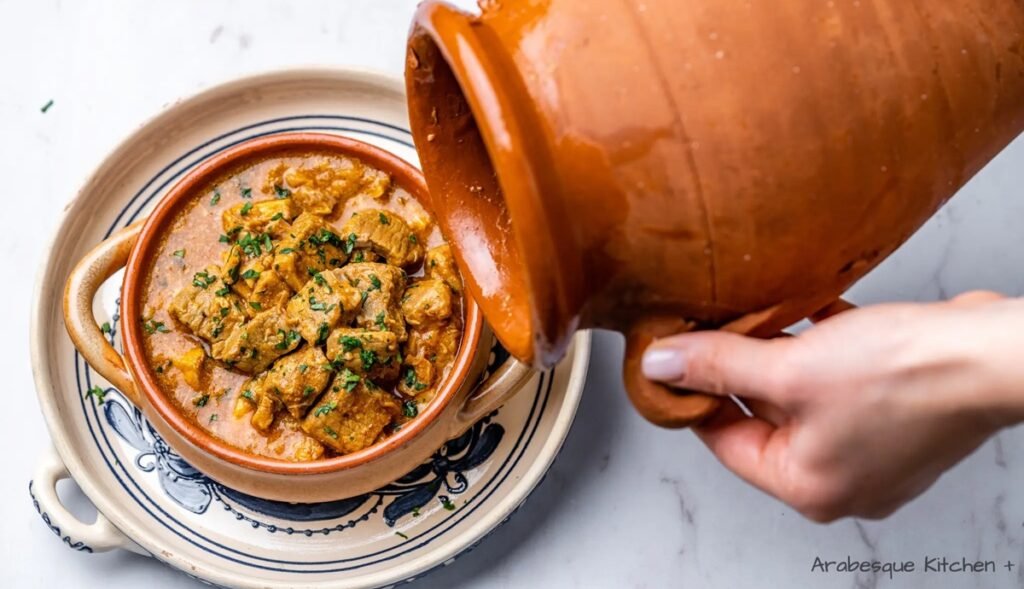
In the heart of Marrakech, where the aroma of spices meets the bustle of the alleys and the warmth of the spirit, tanjia was born. It's not just a dish, but a cultural and social ritual rooted in the details of daily life, reflecting the genius of Moroccan simplicity in transforming a traditional meal into a symbol of identity.
Tangia Marrakchia is not like the tagine known in other regions of Morocco. It is a special dish prepared in a deep clay pot, also called a tanjia, and cooked slowly in the ashes of a traditional oven or in the brazier of a public bathhouse.
The secret to tanjia's distinction lies not only in its delicious taste, but also in its preparation method, timing, and social significance. It is often cooked on Fridays and prepared by men, unlike Moroccan custom, where women are usually the masters of the kitchen. This is why it is sometimes called "the bachelors' meal" or "the men's meal."
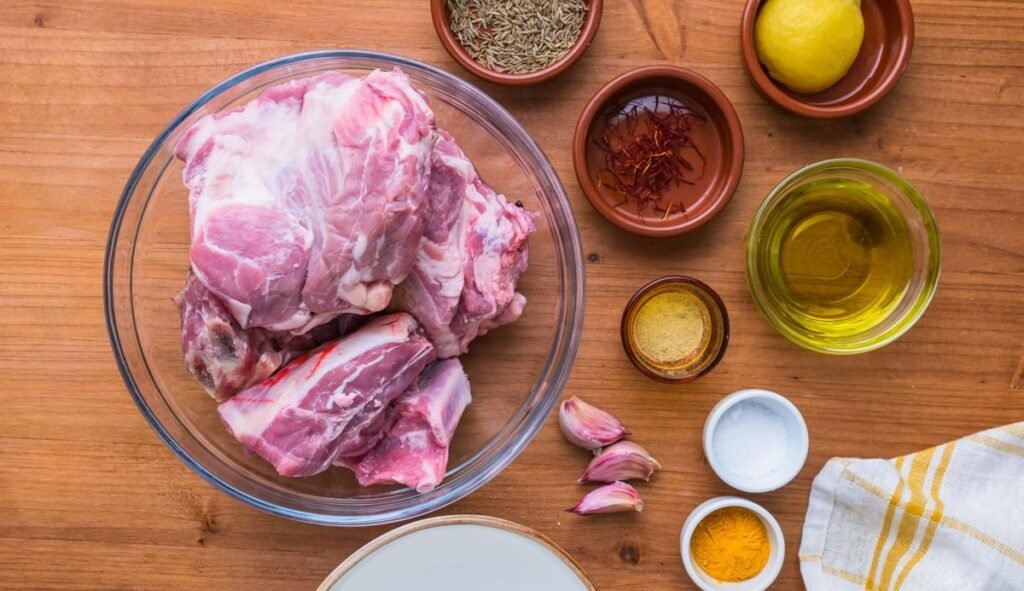
Simple ingredients... and a complex recipe in a breath
Tangia is made from pieces of meat (usually veal or lamb), seasoned with garlic, cumin, ginger, turmeric, black pepper, salt, country butter, a little olive oil, and the secret ingredient: “hamid masir” (lemon preserved in salt). After mixing these ingredients, they are placed inside a clay pot, sealed with string and paper, and sent to the “farran,” where they are buried under hot ashes for hours.
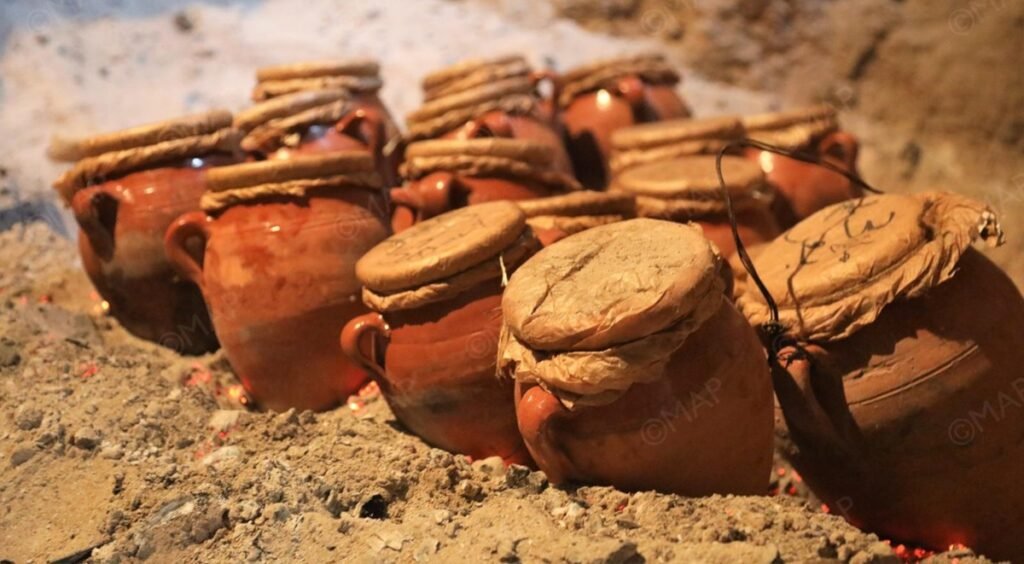
The result? Tender meat that melts between your fingers, absorbs every possible flavor, and its fragrant aroma releases the memory before it awakens the appetite.
Tangier as a cultural and social influence
The tanjia is not a casual dish, but a social and communal experience. Its preparation is agreed upon among friends or colleagues, each contributing an ingredient or a small sum. It is then taken to the oven, and everyone takes turns visiting it and checking its cooking. When it's time to eat, the tanjia is opened like an ancient treasure, and everyone gathers around it in a festive and intimate atmosphere.
The tanjia is also considered part of Marrakesh's rich heritage, passed down orally from generation to generation, moving from popular homes to luxury dining tables, yet never losing its original spirit.
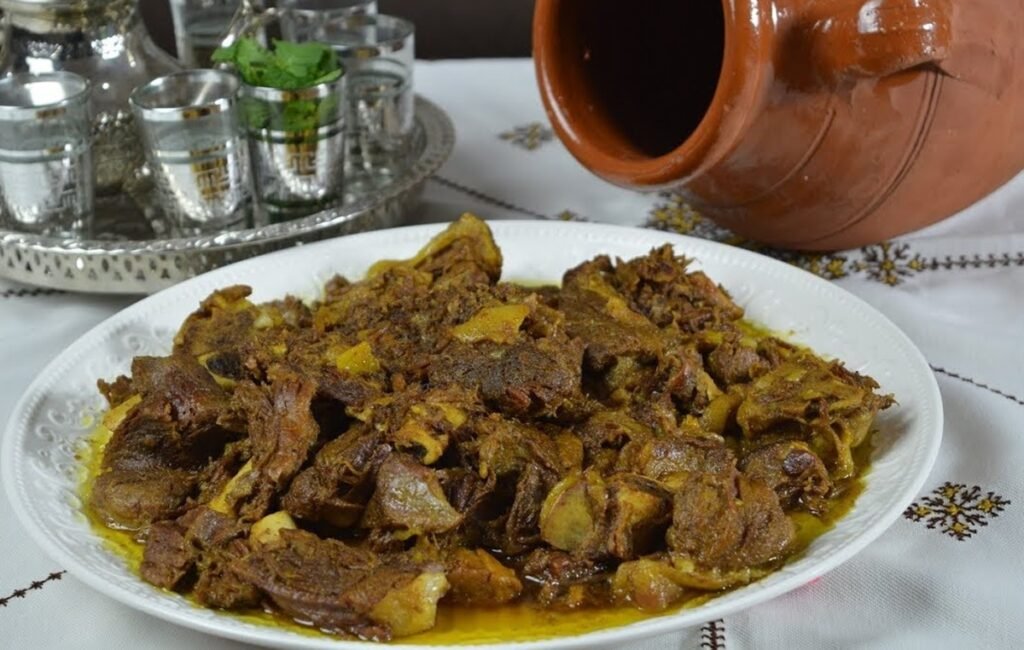
Tangiers Today... Between Authenticity and Innovation
Despite changing times and customs, the tanjia still holds its own. In fact, it has begun to spread beyond Marrakesh and is now served in traditional Moroccan restaurants both inside and outside Morocco. Some chefs have innovated in creating new versions: tanjia with chicken, fish, or even vegetarian, while maintaining the slow-cooking techniques and relying on clay pots.
But the secret of tanjia lies not only in its ingredients, but also in the Moroccan “breath,” in the rituals of preparation, and in the value of collective participation that gives it a flavor not found in any cookbook.
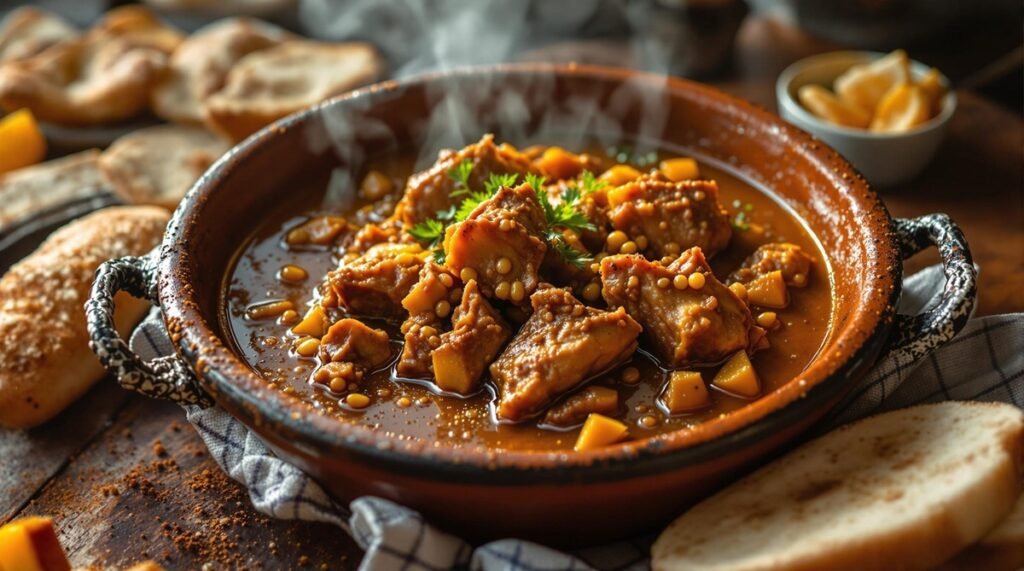
Identity on a plate
Ultimately, the tanjia offers a simple lesson in the meaning of culture: how a simple dish can become a vehicle for the memory of a city and the soul of a people. How food transforms from a biological need to an aesthetic act, from a recipe to a cultural symbol.
Tangia is not just a food to be eaten, but a story to be told, a bridge between generations, and an image that encapsulates Morocco's genius in blending authenticity with simplicity, and pleasure with wisdom.





